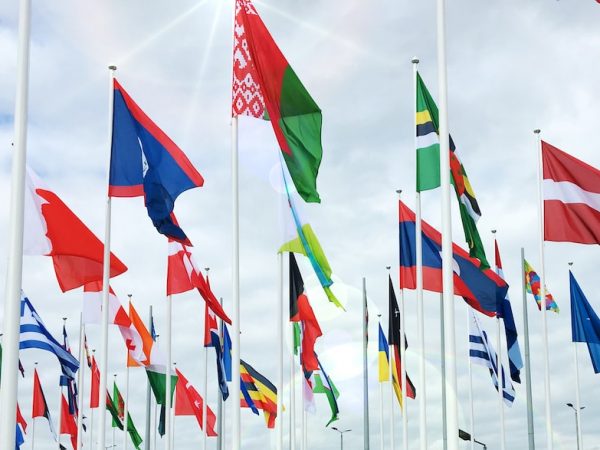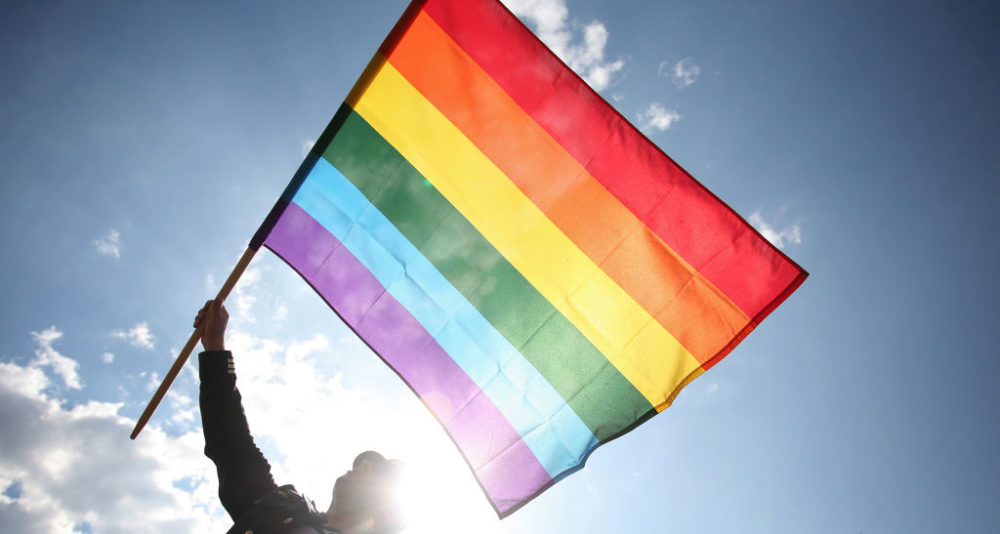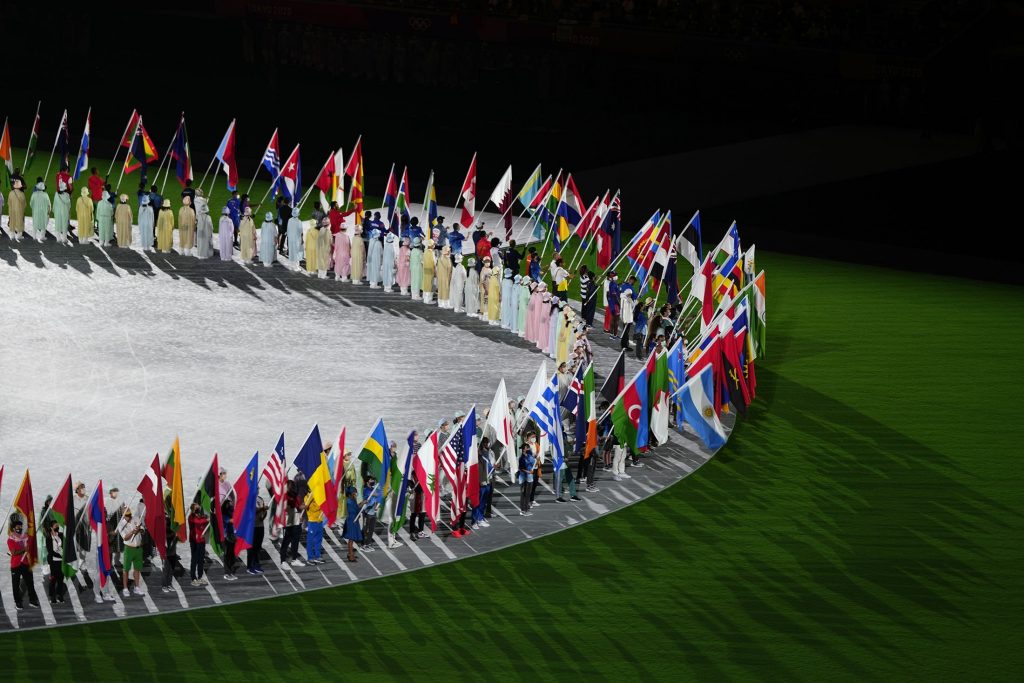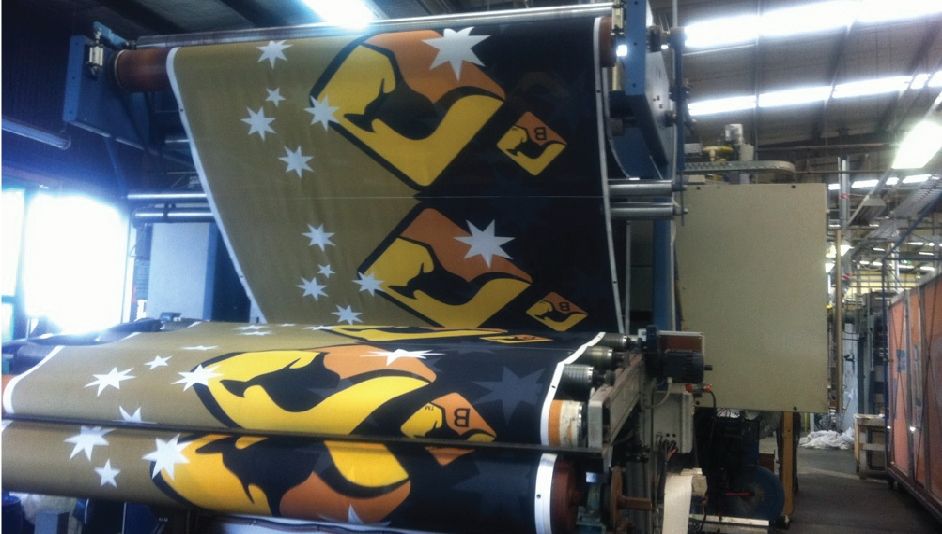09
Nov

There are only a couple of things in this world that can stop someone dead in their tracks and command their attention quite like a flag. And they’re more than just pieces of fabric; they are powerful symbols that carry a great deal of meaning. Their presence is undoubtedly felt in every corner of the world, and they hold a special place in the hearts of many.
Sure, they’ve been around for centuries, and their origins can be traced back to ancient civilizations. But in this day and age, flags are more relevant than ever before. They continue to instill a sense of pride in those who wave them, and their messages remain as powerful as ever.
To understand why these pieces of fabric hold so much power, we need to look at what they represent. After all, there’s a reason why their imposing yet somehow comforting presence never fails to catch your eye when you go to a well-stocked flag shop like providing:

Perhaps an obvious one, but a flag is an irreplaceable and undeniable symbol of a nation. It’s a tangible representation of everything that a country stands for, from its history and values to its people. In a way, it’s the embodiment of a nation’s spirit.
For many, the flag is a source of immense pride. It’s a reminder of home, no matter how far away you are from it. And in moments of triumph or tragedy, it unites a nation under one banner. The unique symbols and colour schemes on each one create a sense of belonging, and waving it high is a way of showing the world that you’re proud to be part of that group.

Country flags aren’t the only ones that carry meaning. In fact, any flag can be used to communicate a message or symbol. And because they’re so eye-catching and unmistakable, they’re often used for this purpose.
For example, you might see a flag at a protest or political rally. The flag becomes a unifying force for those involved, and the message it communicates is clear for everyone to see. Their colourful designs and powerful imagery make them the perfect tool for such occasions.
Similarly, the supporters of the LGBTQ+ community often wave the rainbow flag as a sign of pride and solidarity. The flag has become an internationally recognized symbol of the LGBTQ+ movement, and its presence at events and rallies sends a clear message of inclusivity and support.

In some cases, a flag can be used as a form of identification. This is particularly common in sports where teams from all over the world compete against each other. They’re often waved by spectators in the stands, and their designs make it easy to tell which team each person is supporting.
Flags can also be used to identify a person’s nationality. For example, if you’re traveling to a foreign country, you might wave your country’s flag to let people know where you’re from. This is a common sight in sports competitions like the Olympics where athletes from all over the globe come together to compete.
Commemorative events and ceremonies are often marked by the presence of flags. They add a sense of occasion and importance to the proceedings, with their bright colours and powerful symbolism.
One of the most iconic examples of this is the lowering of the flag to half-mast when mourning the death of an important figure. This is a gesture of respect that’s universally recognized, and the act of lowering the flag is a moving tribute to those who have passed away.
In some cases, a flag can be used as a sign of respect or admiration. For example, you might see the flag of another country being flown at a government building or embassy. This is a way of showing that the country in question is held in high regard, and it’s a gesture of goodwill between the two nations.
Additionally, some flags are used as a sign of respect for certain groups or communities. The flag of the United Nations, for example, is often presented as a way of showing support for its ideals of peace and international cooperation.
While the overall importance and symbolism of a flag remain the same, the materials it’s made from can vary depending on its specific use. You’ll find a few options when you enter a flag shop but the most common ones include:

This synthetic fabric is super strong and durable, which is particularly important for outdoor flags. It also has a very low friction coefficient, which means it flies very nicely in the wind. Nylon models are often used in sports competitions and other events where the flag will be on display for long periods of time.
This fabric is also synthetic, but it’s not quite as sturdy as nylon. However, it does have the advantage of being cheaper, which makes it a popular choice for mass-produced flags. Additionally, polyester flags often have brighter colours than their nylon counterparts due to the way the fabric is dyed.
This natural material is often used for flags that are only going to be used for short periods of time. It’s not as durable as nylon or polyester, but it’s much cheaper and easier to source. Cotton versions are often used in temporary displays or for one-time events.